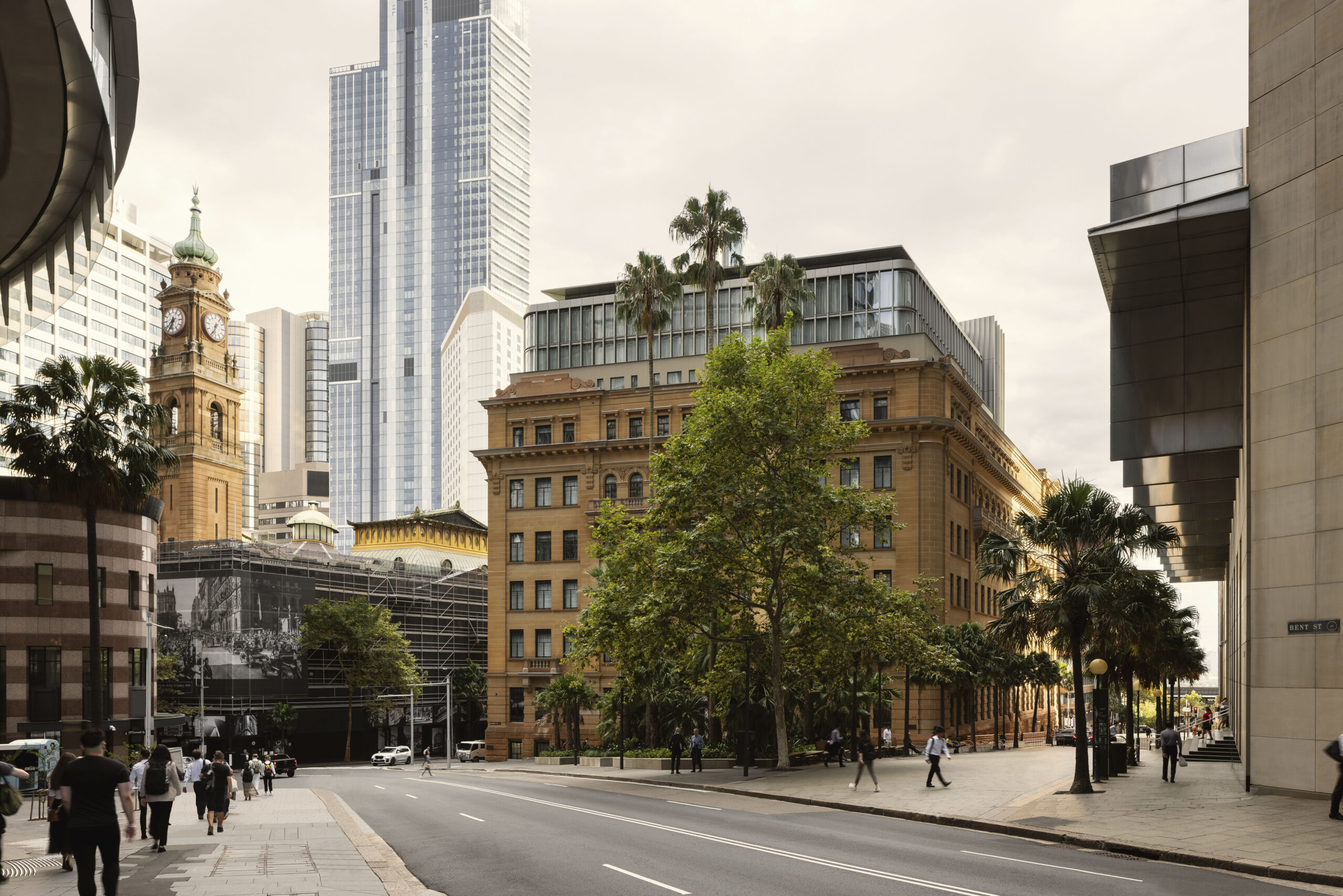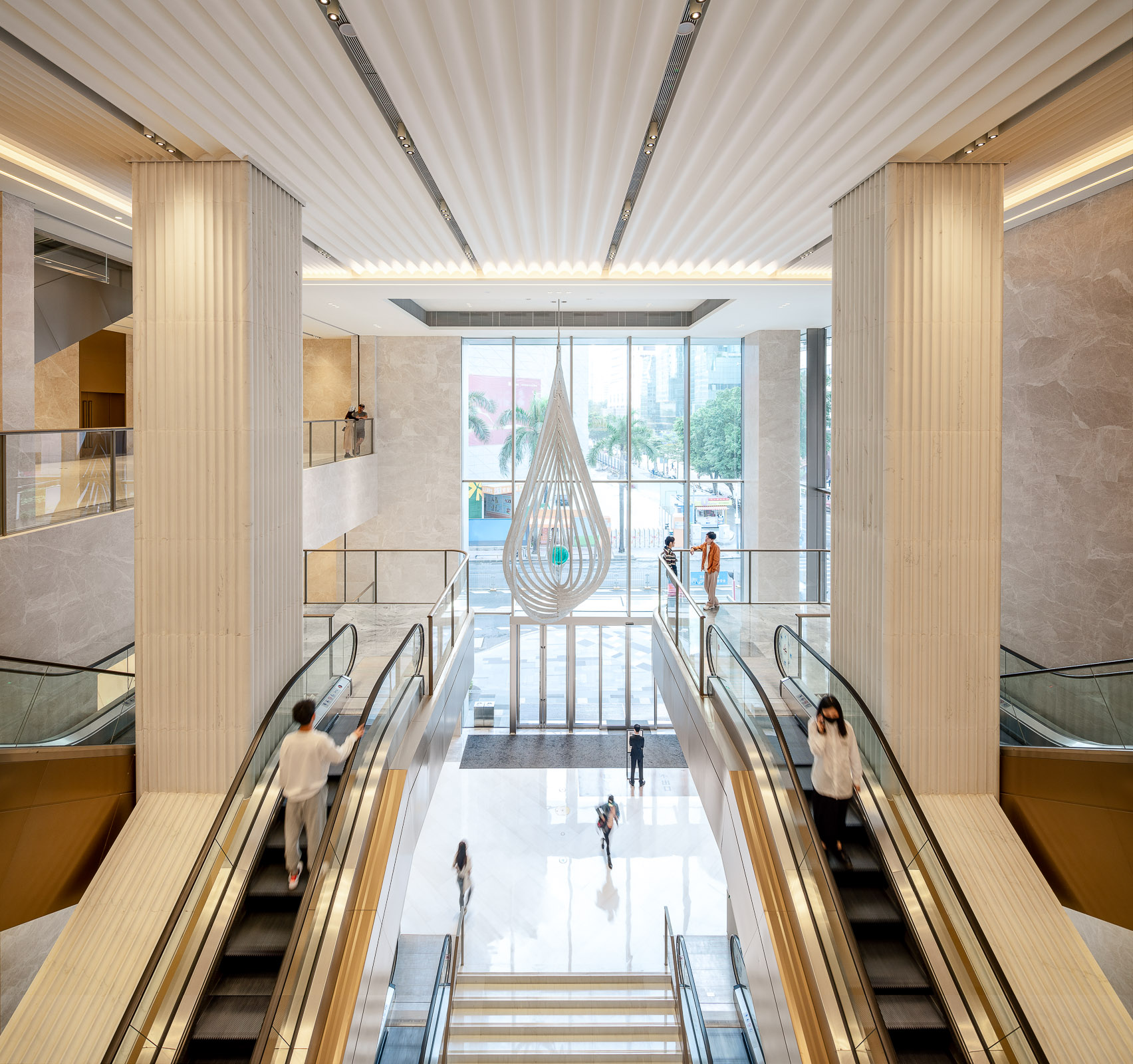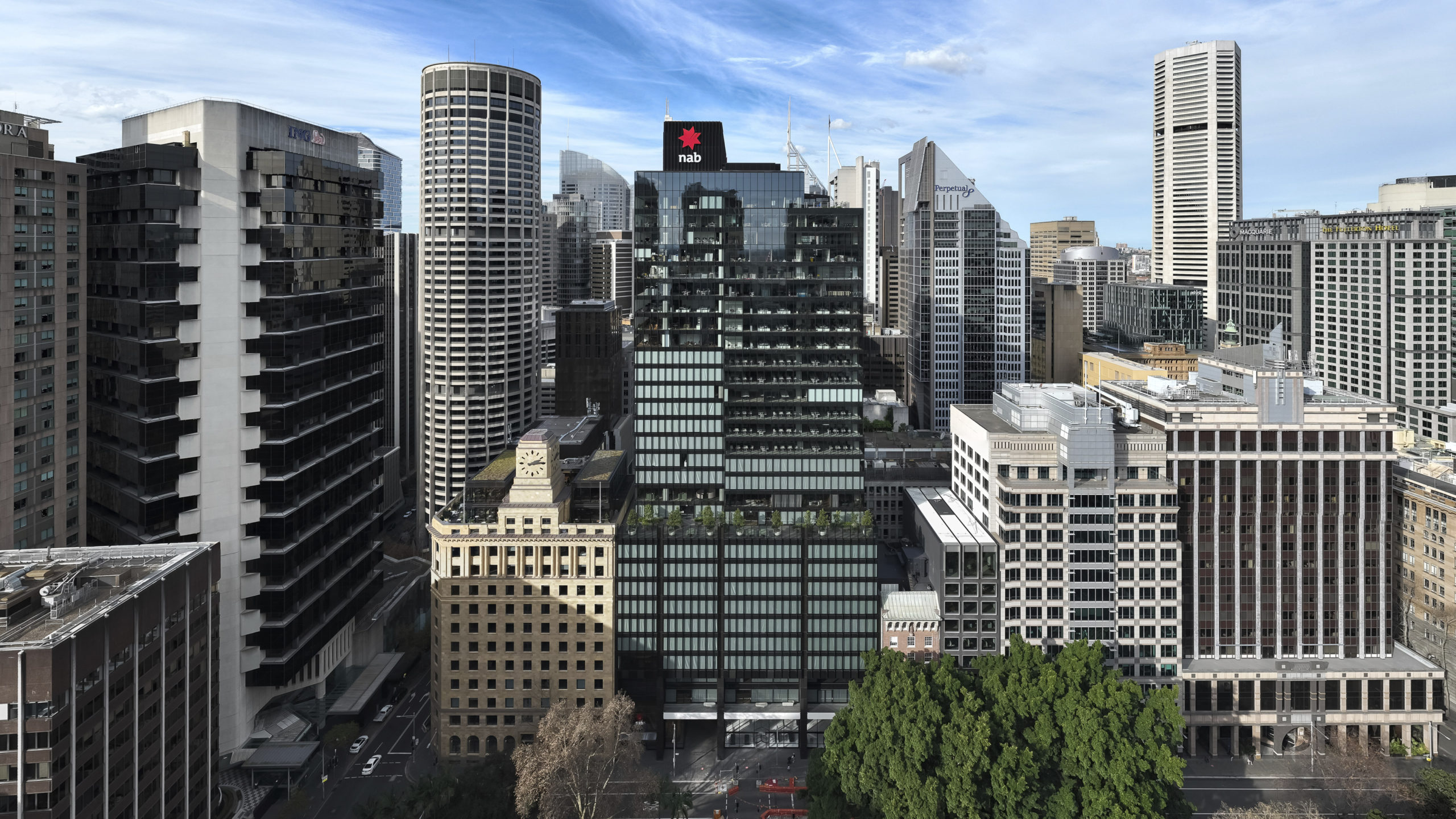
The gallery looks through to the domed space, the central lightwell where Soane displayed his most precious antiquities. As I studied the exhibition, I could hear one of the Soane’s scholarly volunteers explaining the history of the antiquity collection to a fascinated American visitor, who asked, “Did he collect the objects on his travels?”
“Well, no, actually, he bought most of them later when he had some money,” explained the volunteer patiently.
Drawing was vitally important to Soane; indeed, the museum was conceived as a place for students to look at, study and draw what he believed were the greatest ornaments and sculptures produced by humanity. In his first lecture as a professor of architecture in the Royal Academy, Soane talked about the specific importance of hand drawing. A student, he said, should “draw after real buildings and natural objects, without rulers and compasses, that he might acquire a facility of drawing by hand, and correct that hardness that generally predominates from the habit of using rulers and compasses only.”

The Architecture Drawing Prize, initiated in 2017 by Ken Shuttleworth of Make Architects – and subsequently co-curated by the World Architecture Festival and Sir John Soane’s Museum – set out to re-emphasise the importance of drawing at the heart of the architecture profession. It is an oft-heard refrain that architects no longer draw, or have lost the skill of hand drawing. While that might in part be true, it seems unlikely that a skill humans have deployed since the Upper Paleolithic time (as clearly manifested by parietal wall paintings) would simply be lost through the relatively recent invention of a new tool: computer-aided design.
Far more interesting is to explore the relationship between digital and hand drawing as a means to understand the true role and usefulness of drawing. The Architecture Drawing Prize has set out to do this by means of its three categories: hand-drawn, digital and hybrid. Apparently the majority of the 166 entries were in the hand-drawn category, although common sense might tell us that the most commonly deployed form of drawing in the profession these days is via the computer.
The use of tools has always been present in drawing, so of course the term ‘hand drawing’ is not strictly accurate. An implement stands between the human hand and the paper, mediating the relationship between the eye and the mark. Even parietal drawings 17,000 years ago were made using fairly sophisticated ‘blowing’ techniques. The extent to which the tool itself defines the drawing has been a question for artists and architects for a long time, as the Soane quote above indicates.
What seems fascinating today is that the generation of architects now practising has always drawn with a computer, and for them, the definition of hand drawing is becoming more fluid. In fact, the overall winner of the Prize, Jerome Ng – a student of The Bartlett – produced one such ‘hybrid’ drawing, where the lines produced by hand and those produced by computer are impossible to distinguish. In his fantastically detailed, cartoon-like image, Memento Mori: A Peckham Hospice Care Home, Ng depicts the facade of this proposed building peeling away to reveal the elderly occupants pursuing various sociable activities, each drawn with humour and warmth, as if from life.

I think this should remind us that the act of drawing is in fact about looking, interpretation and composition, rather than purely technical mark-making. The most successful drawings in the exhibition displayed these qualities and, to my mind, whether their lines were made by hand or computer is less important to me. Juhani Pallasmaa’s brilliant essay, The Thinking Hand (Wiley, 2009) explored the relationship between the brain and the hand in the act of drawing. But the work in this exhibition seems to suggest that most of the important stuff goes on in the brain.
This post forms part of our series on The Architecture Drawing Prize: an open drawing competition curated by Make, WAF and Sir John Soane’s Museum to highlight the importance of drawing in architecture. The next round of the competition will launch in July 2018.






































































































































































































































































